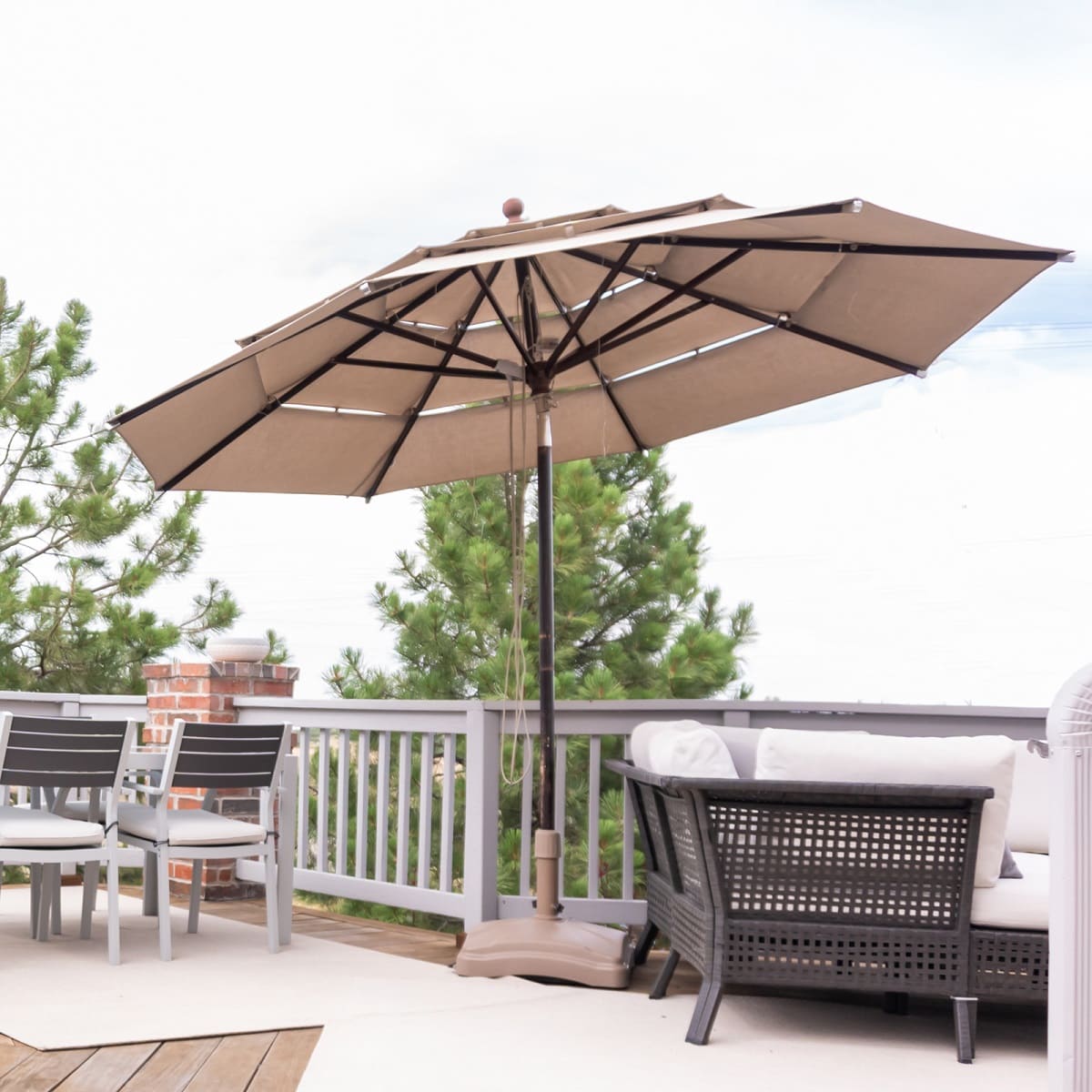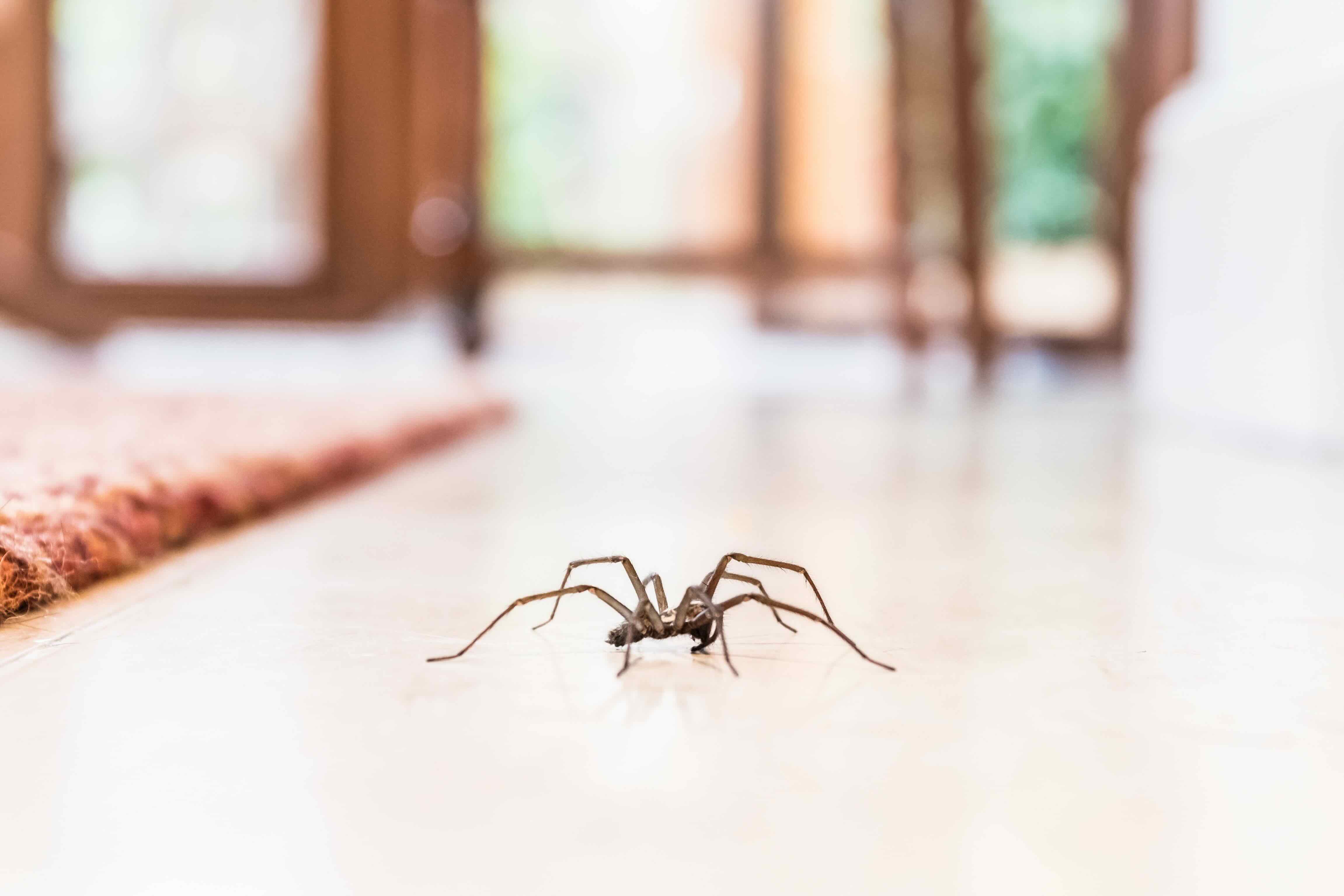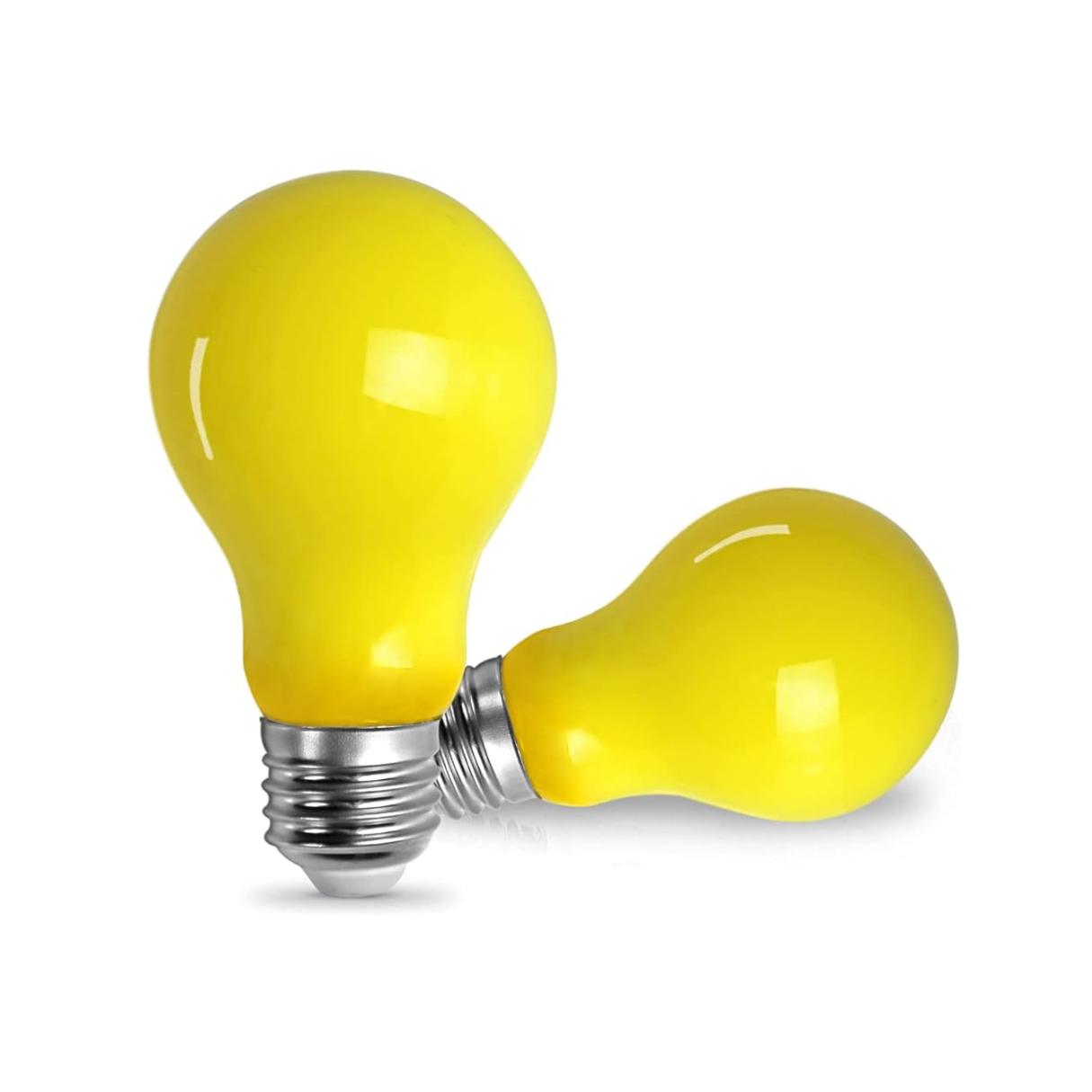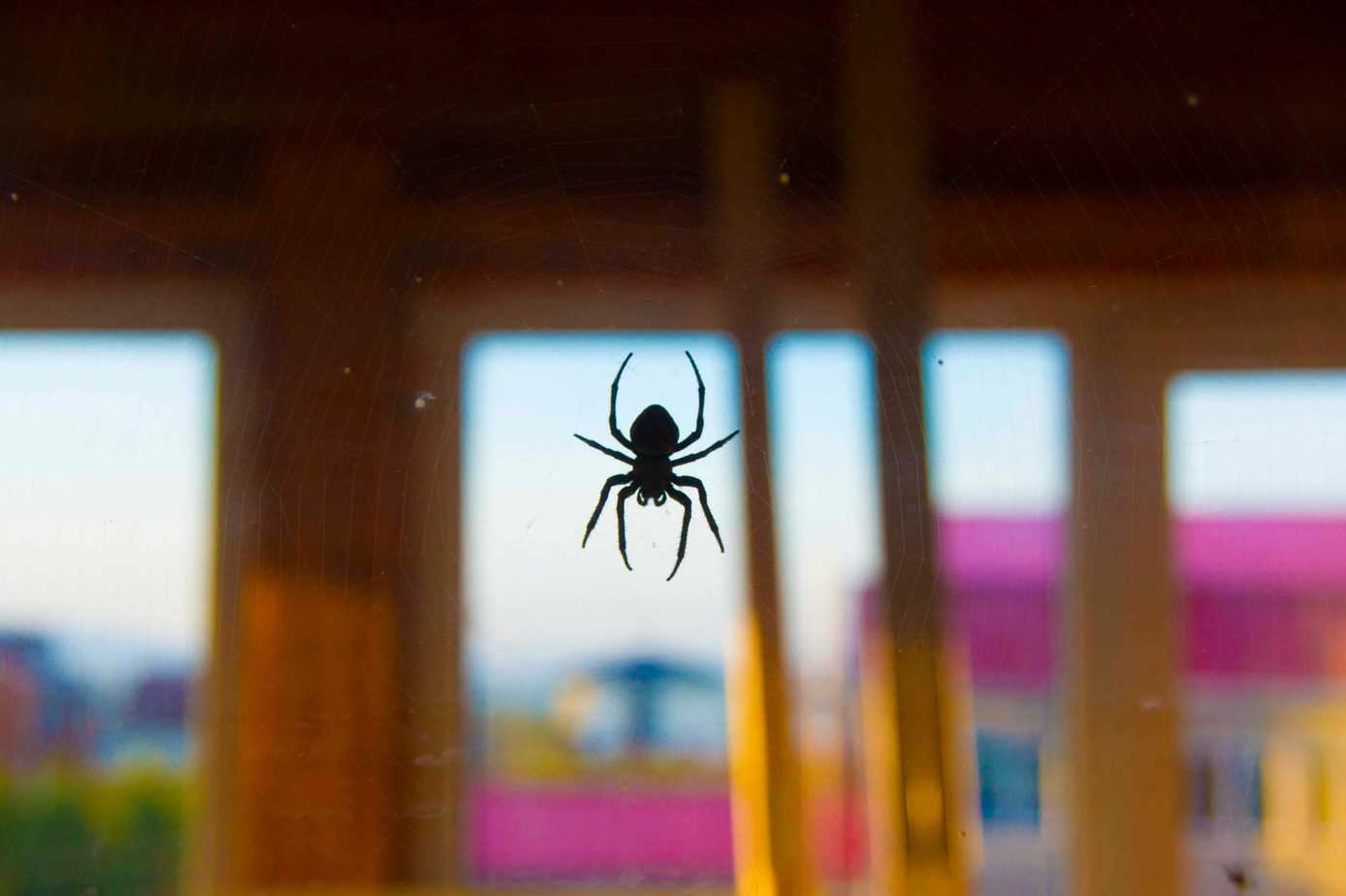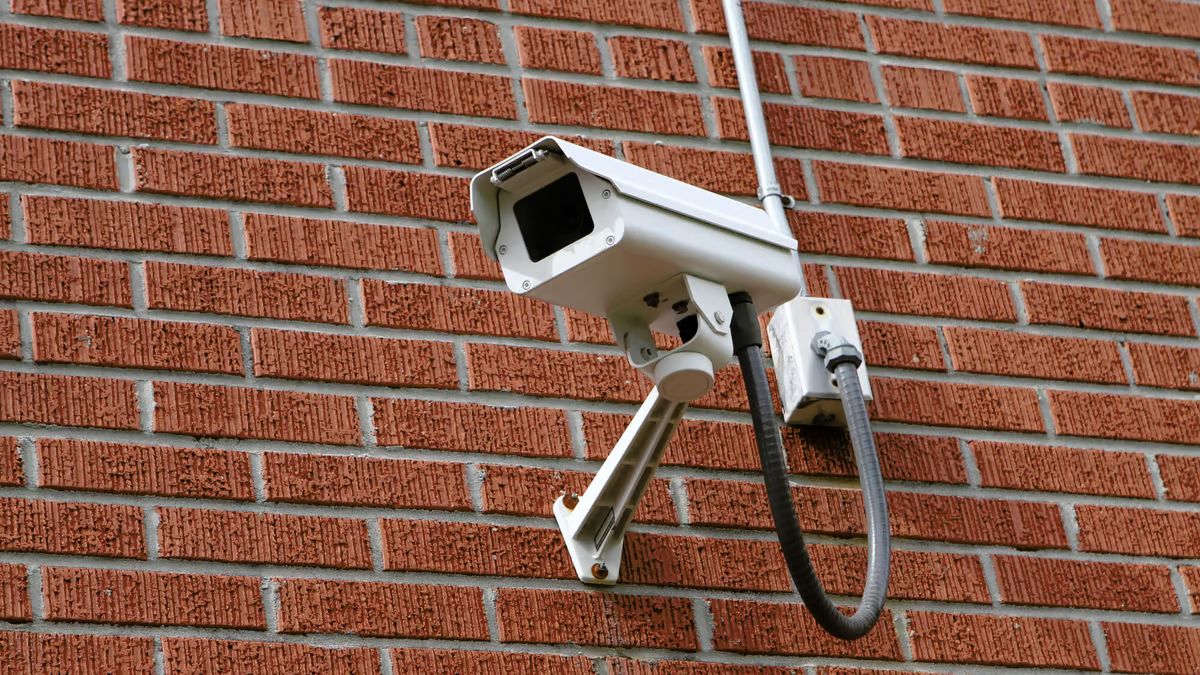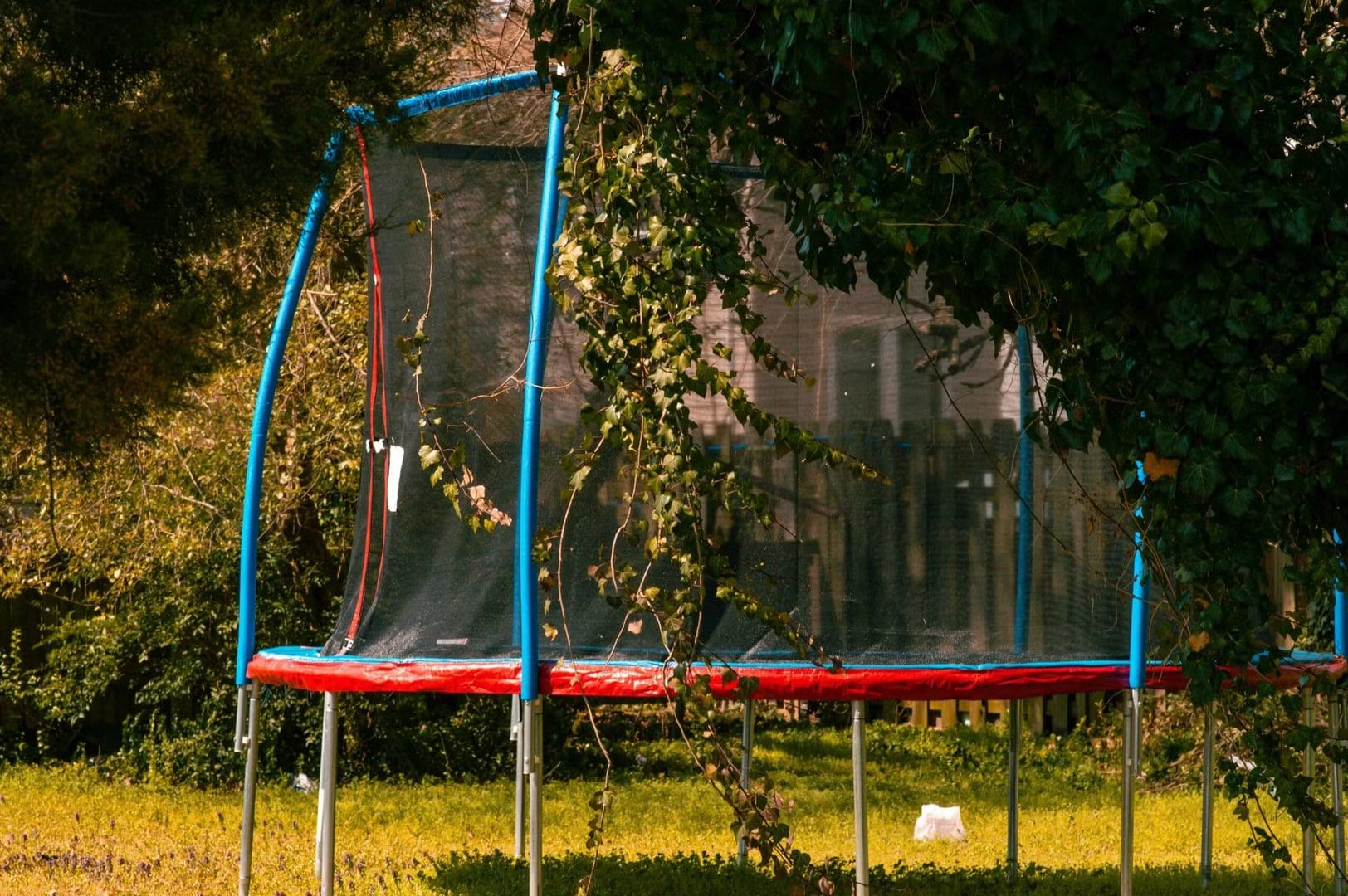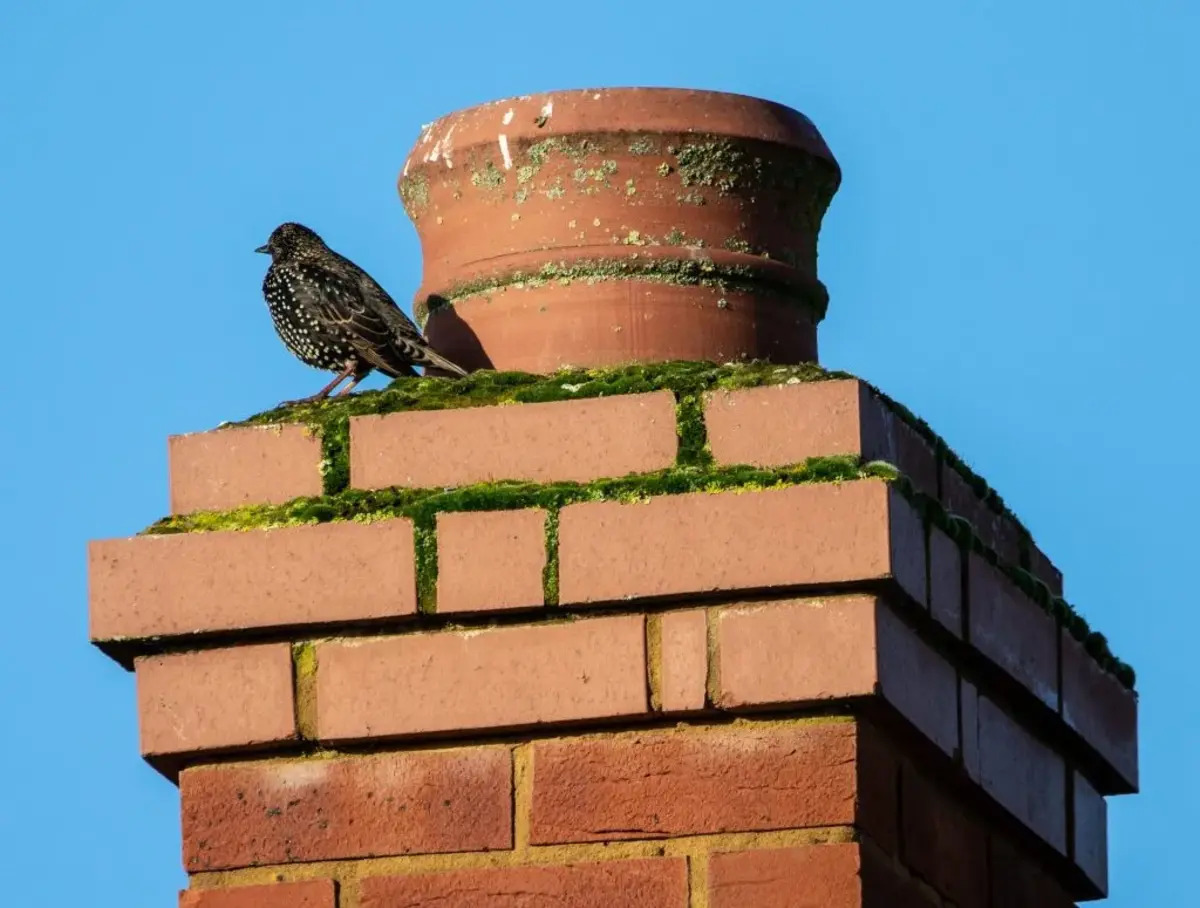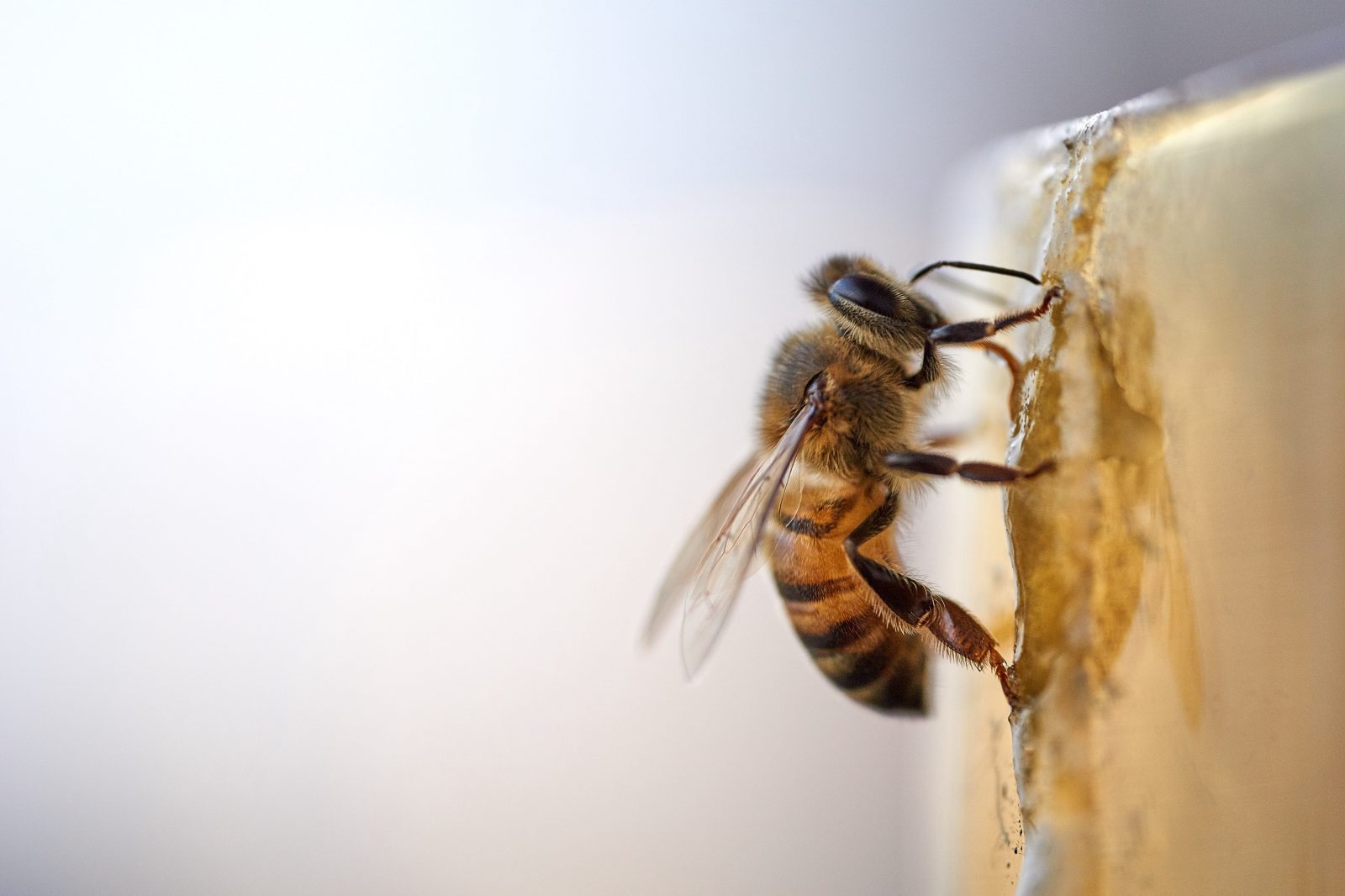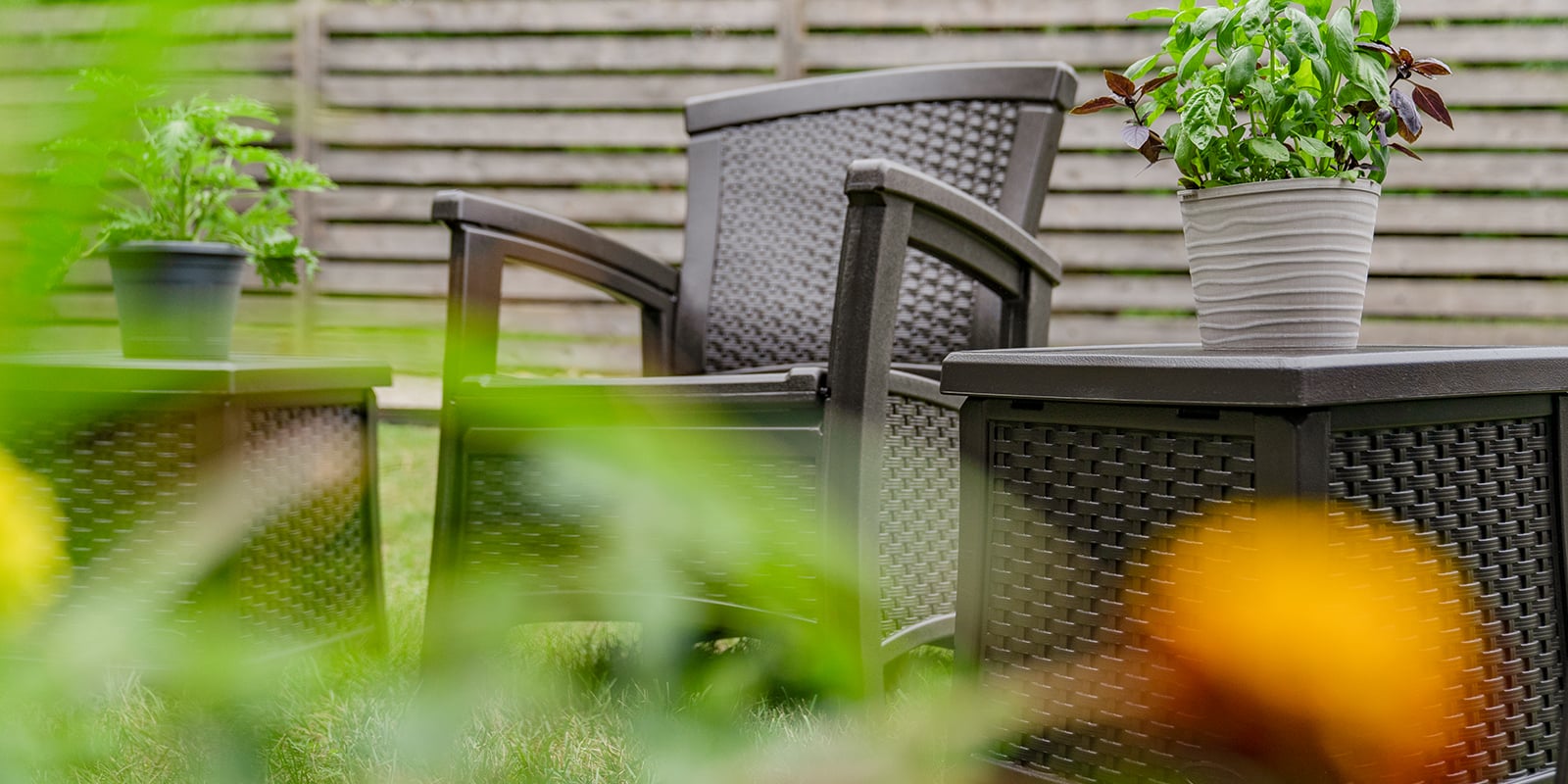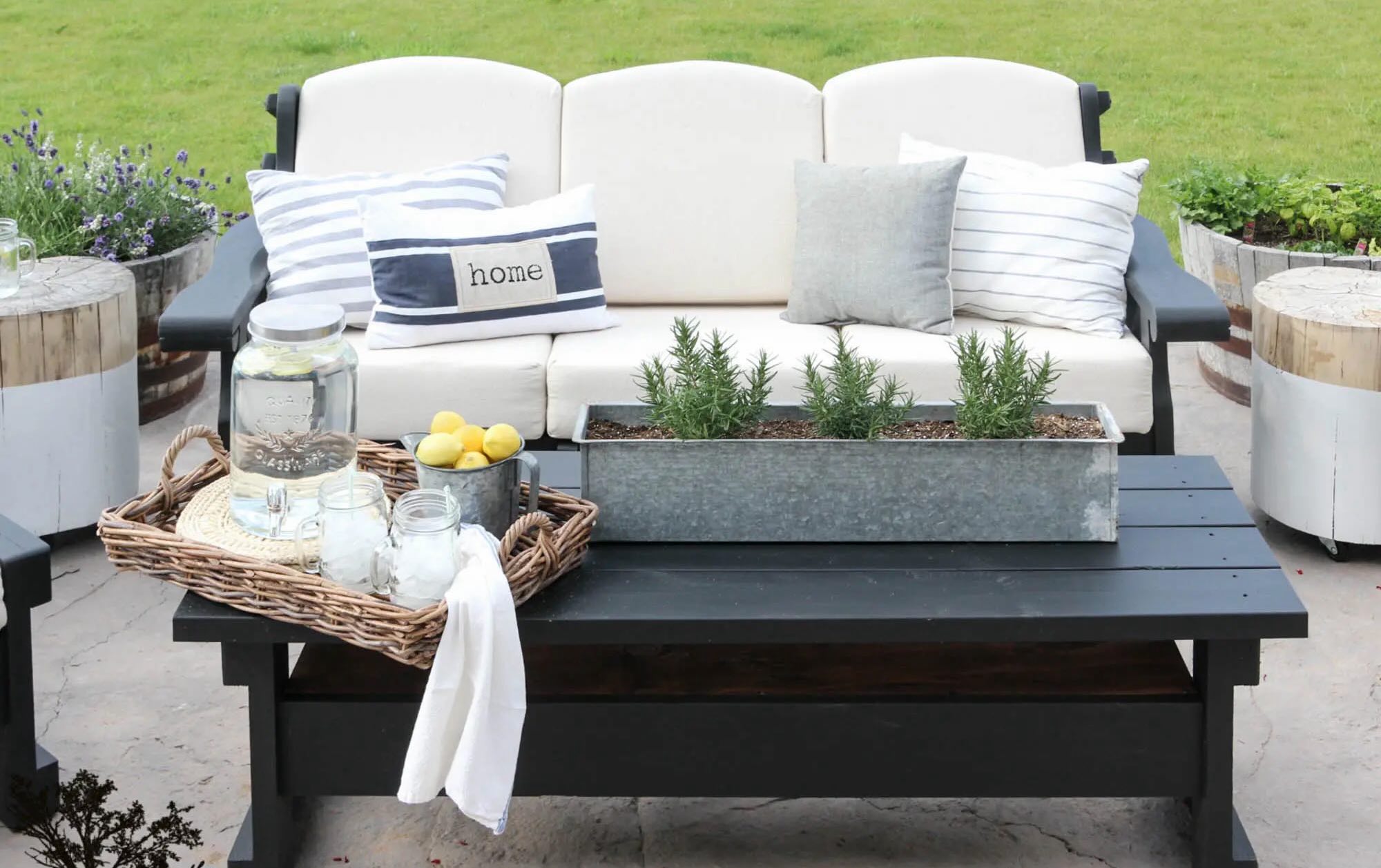Home>Home Security and Surveillance>How To Keep Bugs Away From An Outdoor Camera
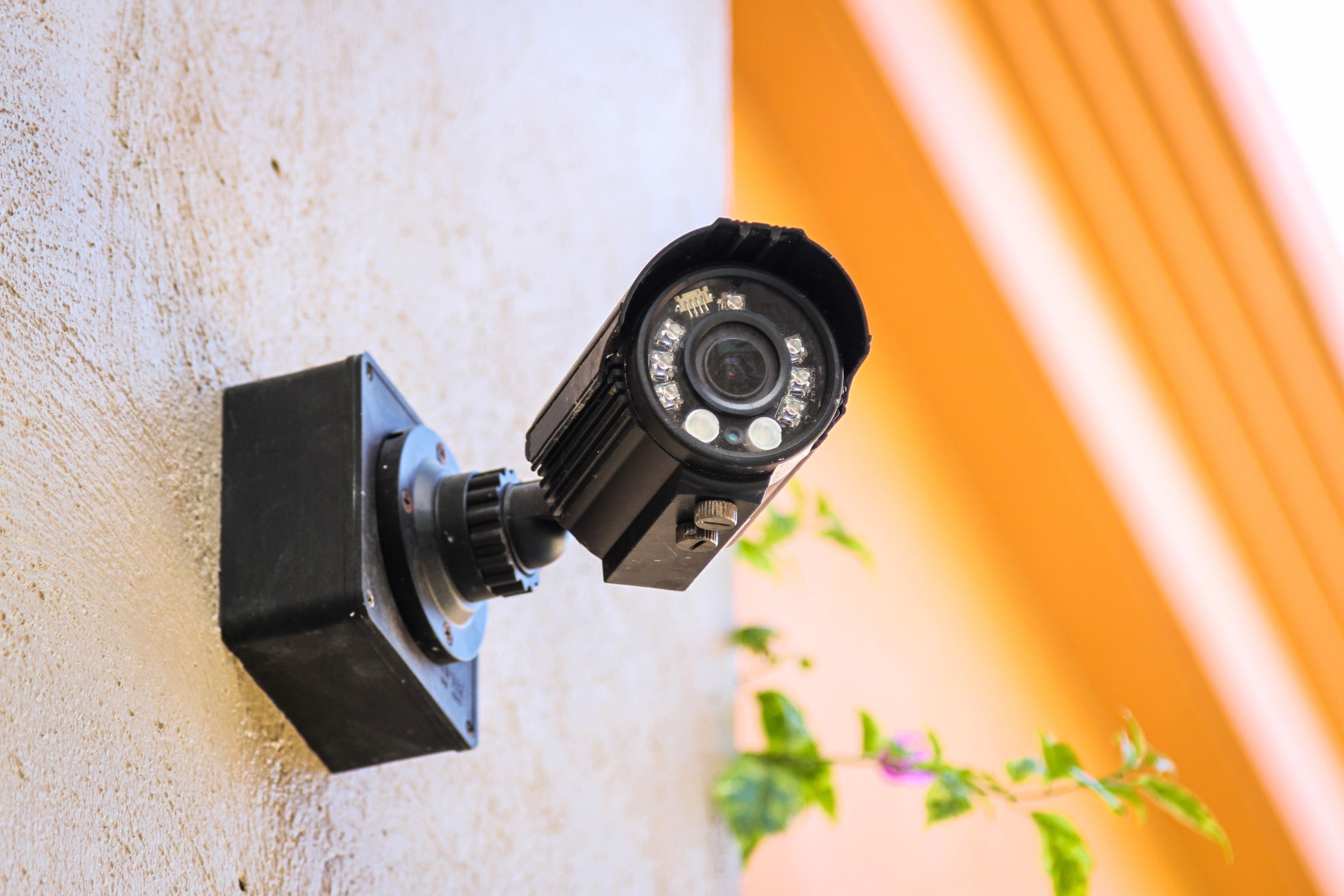

Home Security and Surveillance
How To Keep Bugs Away From An Outdoor Camera
Modified: March 6, 2024
Protect your home with effective home security and surveillance measures. Learn how to keep bugs away from your outdoor camera and maintain maximum visibility.
(Many of the links in this article redirect to a specific reviewed product. Your purchase of these products through affiliate links helps to generate commission for Storables.com, at no extra cost. Learn more)
Introduction
Welcome to the world of home security and surveillance! In an era where keeping our homes safe and secure is a top priority, installing outdoor cameras has become increasingly popular. These cameras not only provide us with a sense of security but also act as a deterrent to potential intruders.
However, there is one common challenge that many homeowners face when it comes to outdoor cameras – bugs. Yes, those tiny creatures that can wreak havoc on our peaceful surveillance, creating frustration and hindering the effectiveness of the cameras. From spiders spinning webs to ants infiltrating electrical components, bugs can disrupt the functionality of outdoor cameras and even cause damage.
In this article, we will explore the importance of keeping bugs away from your outdoor cameras and discuss various measures you can take to ensure smooth operation and optimal performance. So, let’s dive in and discover the secrets to bug-free surveillance!
Key Takeaways:
- Don’t let bugs ruin your outdoor camera’s performance! Choose the right location, clear the area, and use insect-repellent solutions to create a bug-resistant environment. Regular maintenance and professional help can ensure effective surveillance.
- Keep your outdoor camera bug-free for clear and uninterrupted footage. Install protective covers, monitor performance, and seek professional assistance if needed. Take action now to maintain flawless surveillance!
Understanding the Importance of Keeping Bugs Away
Before we delve into the ways to keep bugs away from outdoor cameras, let’s first understand why it is important to address this issue. Bugs can interfere with the proper functioning of your surveillance system and compromise its effectiveness. Here are a few key reasons why keeping bugs away is crucial:
- Clear Image and Video Quality: Bugs that crawl in front of the camera lens or nest around it can obstruct the view and result in blurred or distorted images. This can greatly impact the clarity of the video footage, making it difficult to identify individuals or capture incriminating evidence.
- Unreliable Motion Detection: Many outdoor cameras are equipped with motion detection features that trigger recording when movement is detected. However, bugs flying around or crawling across the camera can trigger false alarms, leading to unnecessary recordings and draining the camera’s battery or storage space.
- Electrical Damage: Some bugs, like ants, are attracted to the warmth generated by the camera’s electrical components. They may find their way into the camera housing or wiring, causing shorts, electrical malfunctions, or even total system failure.
- Longevity of the Camera: When bugs take up residence in or around your outdoor camera, they leave behind debris and waste that can accumulate over time. This buildup not only affects the camera’s performance but also accelerates wear and tear, reducing its lifespan.
Now that we understand why keeping bugs away from our outdoor cameras is essential, let’s explore some practical steps we can take to achieve bug-free surveillance.
Choosing the Right Location
The first step in keeping bugs away from your outdoor camera starts with selecting the right location for installation. Choosing an optimal location not only ensures good coverage of the area but also minimizes the chances of attracting bugs. Here are some factors to consider:
- Avoid Areas with Direct Light Sources: Bugs are naturally attracted to light sources. Placing your outdoor camera directly in front of a bright light or under a streetlight can increase the likelihood of attracting bugs. Instead, choose a location that is slightly shaded or use indirect lighting.
- Strategic Positioning: Consider the camera’s field of view and position it to cover the desired area without being positioned directly above bushes, tall grass, or other outdoor elements that may attract bugs. This will help prevent bugs from crawling onto the camera or obstructing its view.
- Protect from Direct Exposure: Exposure to direct sunlight, rain, or excessive moisture can affect your camera’s performance and attract bugs. Consider installing your outdoor camera under an eave, near an overhang, or using a weatherproof housing to protect it from the elements.
- Keep Height in Mind: Mounting your camera at the right height can also deter bugs from interfering with its functionality. Position it high enough to discourage bugs from easily crawling or flying into the camera’s view.
By carefully selecting the location and taking these factors into consideration, you can greatly reduce the chances of bugs invading your outdoor camera and ensure its seamless operation.
Clearing the Surrounding Area
One effective way to keep bugs away from your outdoor camera is by clearing the surrounding area. Bugs are attracted to clutter, vegetation, and debris, so maintaining a clean and tidy environment can make a significant difference. Here are some steps you can take to clear the area:
- Trim Vegetation: Regularly trim back bushes, hedges, and tree branches near your outdoor camera. This prevents bugs from using them as pathways to access the camera or creating shelters near it.
- Remove Standing Water: Stagnant water can attract mosquitoes and other bugs. Clear out any standing water sources near your camera, such as birdbaths or water accumulation in plant pots.
- Keep Trash Bins Sealed: Make sure your trash bins are securely sealed and located away from the camera. Garbage and food waste are major attractions for bugs.
- Regularly Clean the Area: Regularly clean the area around the outdoor camera to remove any cobwebs, dead insects, or debris. Use a soft brush or cloth to gently clean the camera itself, ensuring that it remains bug-free.
- Remove Attractive Items: If there are objects near your camera that attract bugs, such as bright lights, flowers, or bird feeders, it may be worth moving them to a different location to minimize insect activity.
By keeping the surrounding area clean and free from debris, you can significantly reduce the presence of bugs near your outdoor camera and create an environment that is less appealing to them.
Using Insect-Repellent Solutions
To further protect your outdoor camera from bugs, you can utilize various insect-repellent solutions that are safe for the camera and its surroundings. Here are some options to consider:
- Ant and Bug Repellent Sprays: Look for non-toxic bug repellent sprays specifically designed for outdoor use. Apply these sprays around the camera and its mounting area to create a barrier that deters bugs from approaching.
- Essential Oils: Certain essential oils, such as citronella, peppermint, or lavender, are known for their bug-repelling properties. Dilute a few drops of these oils in water and spray the solution around the camera. Make sure to avoid direct contact with the camera itself.
- Electronic Bug Repellents: Consider using electronic bug repellents that emit high-frequency sound waves or ultraviolet light to deter bugs. These devices can be placed near the camera or in the surrounding area to create an unwelcome environment for insects.
- Bug-Repellent Plants: Some plants have natural bug-repelling properties. Consider planting herbs like rosemary, basil, or lemongrass near your outdoor camera. Their fragrance can help keep bugs at bay.
- Disposable Bug Traps: Set up disposable bug traps near the camera to attract and capture bugs. These traps are designed to lure insects away from the camera and can be replaced when full.
Remember to carefully follow the instructions and guidelines provided with any insect-repellent solution to ensure its safe and effective use around your outdoor camera. Regularly reapply or replace the repellents as needed to maintain their effectiveness.
By utilizing insect-repellent solutions, you can create an additional layer of protection for your outdoor camera and discourage bugs from disrupting its operation.
Place a few drops of peppermint oil on a cotton ball and place it near the outdoor camera. Bugs dislike the strong scent and will stay away.
Read more: How To Keep Bugs Away From A Picnic
Installing Protective Covers or Screens
Another effective way to keep bugs away from your outdoor camera is by installing protective covers or screens. These physical barriers can prevent bugs from accessing the camera or creating nests within its components. Here are a few options to consider:
- Camera Housing: Many outdoor cameras come with a protective housing designed to shield them from the elements. These housings often include features like insect-proof vents, sealed seams, and weatherproof materials, which help keep bugs out and maintain the camera’s functionality.
- Mesh Screens: Attach fine mesh screens or insect netting over the camera’s openings and vents. These screens allow proper airflow while effectively preventing bugs from entering. Ensure the mesh is small enough to keep even the tiniest insects at bay.
- Camera Enclosures: Consider installing camera enclosures that fully encase the camera. These enclosures can be made of durable materials like metal or polycarbonate and are designed to prevent bugs from accessing the camera’s sensitive components.
- Protective Caps: Some outdoor cameras have removable lenses or connectors. When not in use, you can cover these openings with protective caps to prevent bugs from entering and causing damage.
- Insect-Repellent Tape: Specialized insect-repellent tapes can be applied around the camera or on its mounting bracket. These tapes have a sticky surface coated with bug-repelling substances that discourage insects from approaching the camera.
When selecting and installing protective covers or screens, ensure that they do not obstruct the camera lens or interfere with its functioning. Regularly inspect and clean these covers to remove any accumulated debris or cobwebs that may hinder the camera’s performance.
By implementing these protective measures, you can create an additional barrier against bugs and help maintain the optimal performance of your outdoor camera.
Regular Cleaning and Maintenance
Regular cleaning and maintenance of your outdoor camera are essential to ensure its longevity and keep bugs at bay. Here are some tips to incorporate into your maintenance routine:
- Inspect for Signs of Bug Activity: Regularly inspect your outdoor camera for any signs of bug activity, such as nests, webs, or dead insects. Remove any visible bugs or debris carefully using a soft brush or cloth.
- Clean the Lens: The camera lens can collect dust, dirt, and smudges over time, which can affect image quality. Gently clean the lens using a microfiber cloth or specialized lens cleaning solution to ensure clear video recordings.
- Check and Clean Vents: Dust and debris can accumulate in the camera’s vents, hindering proper airflow and creating an ideal environment for bugs. Regularly check and clean the vents using a small brush or compressed air to prevent clogs and infestations.
- Inspect Wiring and Connections: Bugs can sometimes use wiring or connections as pathways to access the camera. Periodically inspect these areas for any damage or signs of bug infestation. Secure any loose connections and replace any damaged wiring promptly.
- Monitor for Water Damage: Check for any signs of water damage, such as moisture buildup or corrosion, as bugs may be attracted to these areas. If you notice any issues, address them immediately to prevent further damage and bug infestations.
- Update Firmware and Software: Keep your outdoor camera’s firmware and software up to date. Manufacturers often release updates that include bug fixes and security improvements. Regularly check for updates and install them as recommended.
By incorporating regular cleaning and maintenance into your routine, you can ensure that your outdoor camera remains in optimal condition, minimizing the risk of bug interference and maintaining its effectiveness.
Monitoring and Adjusting Placement as Needed
Monitoring the performance of your outdoor camera and adjusting its placement as needed is vital for bug prevention and optimal functionality. Here’s what you should consider:
- Periodic Performance Checks: Regularly review the camera’s footage to check for any signs of bug interference, such as blurred images or false motion detection alerts. If you notice any issues, it may indicate a need for adjustment or additional bug-repellent measures.
- Observe Bug Patterns: Take note of any specific bugs or patterns of activity around your outdoor camera. This can help identify areas where bugs may be entering or congregating. Adjust the camera’s position or add additional bug-proof measures to address these areas.
- Repositioning the Camera: If you consistently encounter bug-related issues, consider repositioning the camera to a new location. Experiment with different angles and heights to find the optimal position that minimizes bug interference while still providing complete coverage of the desired area.
- Reevaluate Lighting Conditions: Bugs are attracted to bright lights, so reassess the lighting conditions around your camera. If there are nearby light sources that are attracting bugs, consider adjusting or redirecting them away from the camera’s location.
- Stay Updated on Bug-Repellent Technologies: Continuously research and stay informed about new bug-repellent technologies and products in the market. Manufacturers regularly introduce innovative solutions specifically designed to prevent bug interference with outdoor cameras. Consider incorporating these advancements into your bug-prevention strategy.
By actively monitoring the camera’s performance and making necessary adjustments, you can proactively address any bug issues and ensure clear, uninterrupted surveillance. Regular observation and responsiveness will help maintain an effective bug-free environment around your outdoor camera.
Seeking Professional Assistance if Needed
If you’ve tried various methods to keep bugs away from your outdoor camera but are still encountering issues, it may be time to seek professional assistance. Here’s how professionals can help:
- Camera Installation Experts: Professional camera installation experts have the knowledge and experience to properly position and install your outdoor camera. They can help identify optimal locations that minimize bug interference and ensure the camera functions at its best.
- Pest Control Specialists: If you’re facing persistent bug problems that are impacting your camera’s performance, consider consulting with a pest control specialist. They can assess the situation, identify any bug infestations, and provide targeted solutions to eliminate the pests from the surrounding area.
- Security System Providers: Reach out to your security system provider for guidance and support. They can offer troubleshooting assistance, recommend bug-resistant camera models, or provide additional tips to keep bugs away from your outdoor surveillance system.
- Electricians: In cases where bugs are causing electrical damage or interfering with the camera’s wiring, consulting with a licensed electrician may be necessary. They can inspect and repair any wiring issues, ensuring the camera is safely protected from bug-related hazards.
Seeking professional assistance can offer valuable expertise and tailored solutions to address persistent bug problems. They have the necessary tools and knowledge to tackle challenging situations, allowing you to fully enjoy the benefits of your outdoor camera system.
Conclusion
Keeping bugs away from your outdoor camera is essential for maintaining its functionality, ensuring clear video footage, and maximizing its lifespan. By understanding the importance of bug prevention and implementing the right strategies, you can enjoy effective and bug-free surveillance.
Choosing the right location, clearing the surrounding area, and using insect-repellent solutions are initial steps to create a bug-resistant environment for your camera. Installing protective covers or screens adds an extra layer of defense against bug interference. Regular cleaning and maintenance help keep your camera in optimal condition and prevent bug infestations. Monitoring the camera’s performance and adjusting its placement as needed can further minimize bug-related issues.
If you’ve tried various methods but are still experiencing bug problems, seek professional assistance from camera installation experts, pest control specialists, or security system providers who can provide tailored solutions to address the issue.
By implementing these measures and consistently monitoring and maintaining your outdoor camera, you can ensure that it operates flawlessly, capturing clear and uninterrupted footage for your peace of mind.
So, don’t let bugs hinder your surveillance efforts. Take action now and create a bug-free environment for your outdoor camera!
Frequently Asked Questions about How To Keep Bugs Away From An Outdoor Camera
Was this page helpful?
At Storables.com, we guarantee accurate and reliable information. Our content, validated by Expert Board Contributors, is crafted following stringent Editorial Policies. We're committed to providing you with well-researched, expert-backed insights for all your informational needs.
